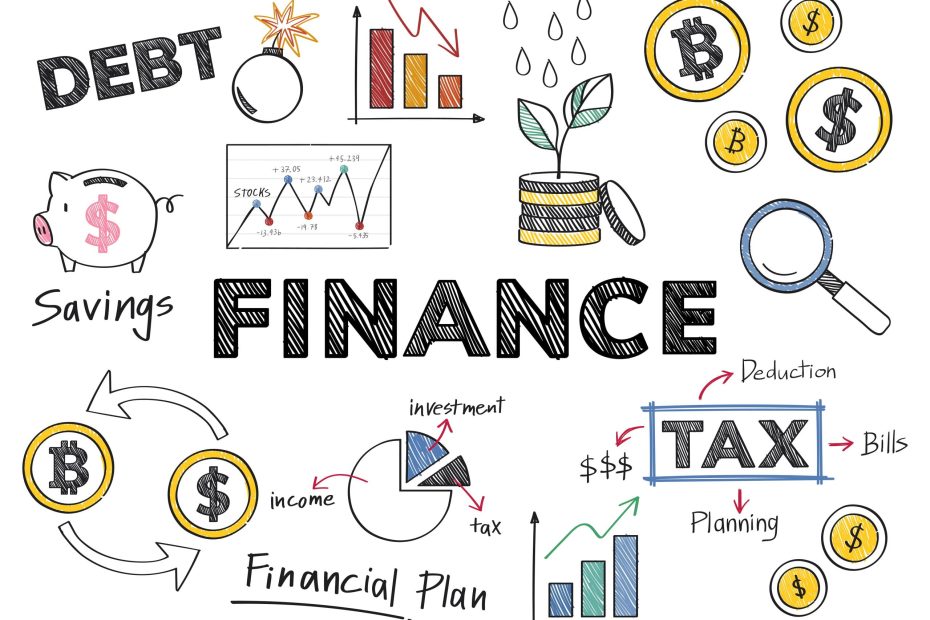When it comes to personal finance, budgeting is like the GPS that guides you to your destination—financial stability and long-term security. Without it, you might drift from paycheck to paycheck, unsure where your money is going or how you’ll reach your goals. The good news is that creating a financial plan that actually works isn’t about complex formulas or rigid restrictions—it’s about understanding your needs, setting priorities, and developing a practical system you can stick to.
Let’s walk through the process step-by-step, unpack the core principles of budgeting, and explore how to make a plan that fits your lifestyle.
Step 1: Understand Your Current Financial Picture
Before creating any plan, you need to know where you’re starting. This means taking a good, honest look at your income, expenses, debts, and savings.
- Track your income: This includes your salary, freelance earnings, rental income, side hustle profits, or any other money you receive.
- List your expenses: Start with your fixed expenses like rent/mortgage, utilities, insurance, and loan payments, then add variable expenses like groceries, dining out, entertainment, and shopping.
- Identify your debts and interest rates: Knowing what you owe and at what interest rate helps in setting repayment priorities.
Many people are shocked the first time they track every single expense. You might find out that your daily coffee habit or weekend delivery orders add up to hundreds a month. Awareness is the foundation for change.
Step 2: Set Clear and Realistic Financial Goals
A budget without a goal is like running a race without a finish line—you’ll just tire yourself out without knowing where you’re going. Goals give your plan purpose.
Short-term goals could include building an emergency fund, paying off a credit card, or saving for a vacation. Long-term goals might be buying a house, starting a business, or saving for retirement.
For example:
- Short-term goal: Save $1,000 for emergencies in the next 6 months.
- Long-term goal: Save $500,000 for retirement by age 60.
Step 3: Choose a Budgeting Method That Fits Your Style
Not all budgeting methods work for everyone. Choose one that you’ll actually stick to.
- The 50/30/20 Rule:
- 50% of your income for needs (housing, food, transportation)
- 30% for wants (entertainment, travel)
- 20% for savings and debt repayment
- Zero-Based Budgeting:
Every dollar is assigned a job—whether it’s for bills, savings, or investments—until nothing is “unassigned.” - Envelope System (great for those who overspend):
Allocate cash for each category in separate envelopes. When it’s gone, you stop spending in that category for the month. - Pay Yourself First:
Automatically transfer a fixed percentage of your income to savings and investments before spending on anything else.
Step 4: Build Your Emergency Fund
An emergency fund is your safety net when life throws unexpected expenses at you—job loss, medical bills, or urgent home repairs. Experts recommend starting with at least 3–6 months’ worth of living expenses in an easily accessible account.
Step 5: Reduce Unnecessary Expenses
Cutting expenses doesn’t mean living a joyless life. It’s about making intentional choices.
Ask yourself:
- Do I really use all my subscription services?
- Can I cook at home more instead of eating out?
- Can I find a cheaper phone or internet plan?
These small adjustments can free up cash for savings or investments.
Step 6: Manage Debt Wisely
Debt can be a heavy burden if not handled carefully. There are two popular repayment strategies:
- Debt Avalanche: Pay off debts with the highest interest rate first while making minimum payments on others. This saves you the most money in the long run.
- Debt Snowball: Pay off the smallest debt first for a quick win, then roll that payment into the next smallest. This keeps motivation high.
Step 7: Automate Your Finances
Set up automatic transfers for bills, savings, and investments. This reduces the temptation to spend money meant for your goals and ensures you never miss payments.
Step 8: Review and Adjust Your Plan Regularly
Life changes—income rises or falls, expenses shift, and priorities evolve. Review your budget monthly or quarterly to make sure it still works for you.
Step 9: Stay Consistent and Patient
Budgeting success doesn’t happen overnight. It’s about building habits that lead to financial freedom over time. Even if you slip up one month, get back on track the next.
Example: How Budgeting Changed Maria’s Life
Maria, a 32-year-old marketing professional, used to live paycheck to paycheck despite earning a good salary. She never tracked her expenses and often splurged on online shopping. After a stressful month where she couldn’t pay an unexpected car repair bill, Maria decided to try the 50/30/20 budgeting method.
She discovered she was spending almost $400 monthly on subscriptions and unused memberships. She canceled the unnecessary ones, started cooking more at home, and set up an automatic $500 transfer to her savings account.
In just one year, Maria built a $7,000 emergency fund, paid off her high-interest credit card debt, and began investing in a retirement account. Her stress levels dropped, and she finally felt in control of her money.
Final Thought
Creating a financial plan that works isn’t about perfection—it’s about progress. The key is to know where your money is going, set clear goals, and build habits that make your plan sustainable. When done right, budgeting doesn’t restrict you—it gives you freedom, security, and peace of mind.
